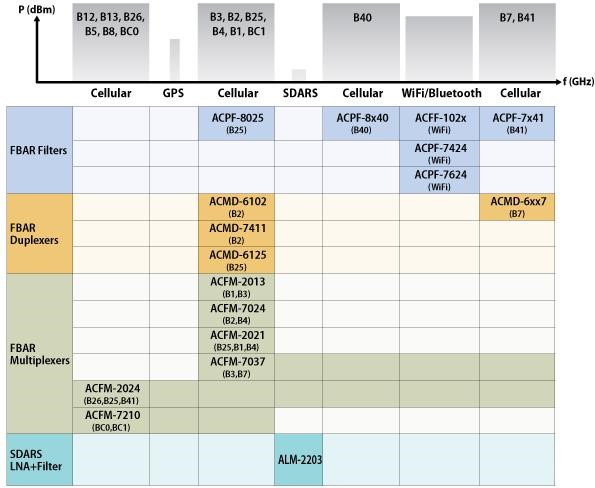Wireless technology has changed the world and it is fair to say that wireless technology is still in the process of changing the world. Mostly, this is a change for the better. For example, how many of us remember driving old cars held together with paper clips, scotch tape, rubber bands, and glue? We took long drives through the middle of nowhere in terrible weather with unreliable vehicles long before cell phones, On-Star, LoJack, CBs, and so on. With personal connectivity, a new layer of freedom and a new layer of safety has arrived.
But, there is a downside as well. As a comparative example, take modern-day land-line phones. These contemporary home and office phones may use two wires like old Plain Old Telephone Systems (POTS) that still exist, but the underlying technology is much different, often time-traversing links through a wireless medium. But, many old-timers would agree that older phones were more reliable, and had better sound quality. Modern wireless links are over-subscribed, drop-out blocks of signals, susceptible to changing environmental conditions (that can affect signal propagation and quality) and have that annoying digital delay that makes it easier to step on each other’s conversation.
Some of this is due to the fact that wireless technology has limitations, especially when it comes to co-existing with the same or other bands and transceivers in close proximity. Each band is like a pipe that can only carry so much flow. Too many collisions and hits to a packet’s integrity have the effect of blocking that flow or restricting its flow rate. Quality of service suffers.
While as designers, we can’t control telecom over subscription rates, but we can make our equipment better at extracting weak or compromised signals from an ever-increasing floor of noise and interference. Here is where semiconductors manufacturers innovate and bring solutions if you know about them.
Take for example the Avago Film Bulk Acoustic Resonator technology (FBAR) that was highlighted when Avago pushed ahead the state of the art with GPS signal acquisition. This allowed the Avago filters, low-noise amplifiers (LNAs), and other RF components to achieve the lowest GPS noise figures.
This technology is being leveraged to serve the growing heterogeneous wireless ecosystem composed of a myriad of same-band and out-of-band signals. Modern-day locations can easily be a medium for 3G/4G cellular, WiFi, GPS, Bluetooth, SDARS, DECT, Doppler radar, radio, TV, CB, police, ambulance, fire, military, and on and on. The amount of RF energy all around us all the time is increasing.
Designers need to handle the myriad of wireless coexisting standards that a single handheld device may need to support. Look at a modern cell phone for example. It most likely has 3G/4G/LTE, WiFi, GPS, Bluetooth, and possibly others. For designers, the next-generation components will need to raise the bar in order to meet the all-in-one solutions needed and solve difficult wireless coexistence challenges.
With so many signals sharing the same volumes of space, advanced filtering like Avago’s FBAR technology will prove vital in assuring RF coexistence. Avago is aiming this at multi-band, multi-standard RF solutions for automotive, mobile, and wireless infrastructure applications (See Fig. 1).

Fig. 1: RF coexistence means the need for sharp, accurate, and low-noise filters like what the Avago FBAR technology provides for both in-band and out-of-band discrimination.
FBAR technology is happily coexisting with LNAs, duplexers, and multiplexers so different signals can coexist with our wireless devices. Maybe we can learn form our devices.
Advertisement
Learn more about Electronic Products Magazine





